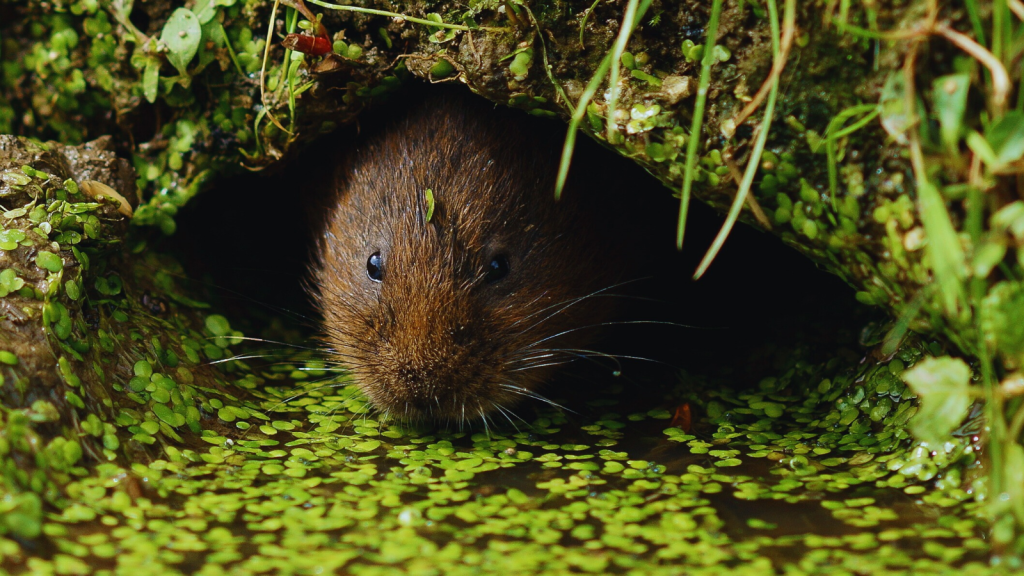As the sun sets across the British Isles, a hidden world comes to life. While most of us are winding down for the evening, countless creatures are just beginning their day. These nocturnal animals have adapted to thrive in the darkness, developing keen senses and unique behaviors that allow them to navigate and hunt under the cover of night. From the forests and fields to our own back gardens, these night-time wanderers are all around us, often unnoticed. Here’s a look at 15 fascinating nocturnal creatures you might encounter on a night-time stroll through Britain’s wild spaces.
Badger
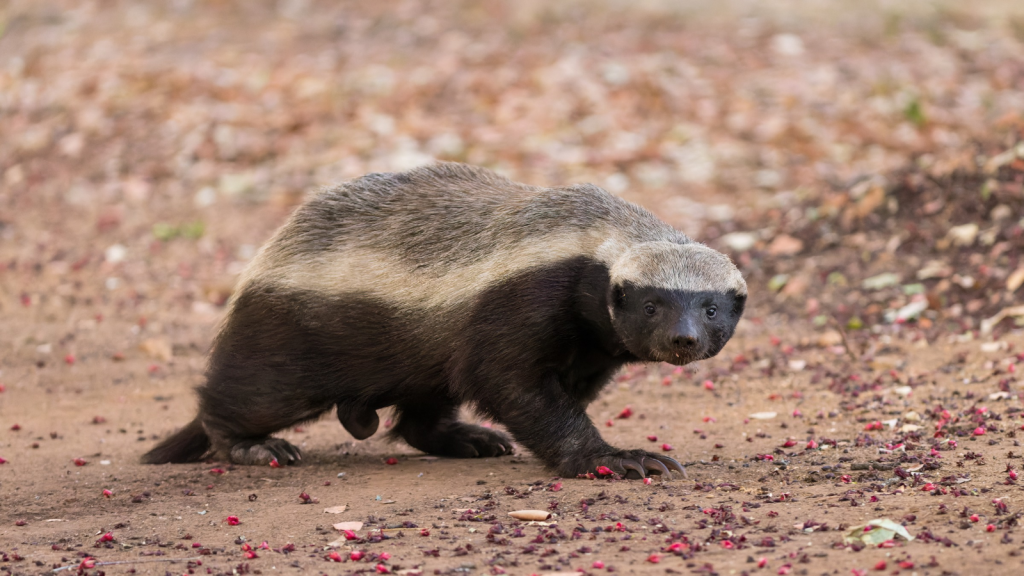
The badger, with its distinctive black and white striped face, is one of Britain’s most recognisable mammals. These stocky creatures emerge from their underground setts at dusk to forage for food. Badgers have a varied diet, including earthworms, insects, and even small mammals. Their powerful claws make them excellent diggers, and they use their keen sense of smell to locate food in the dark. Badgers live in social groups called clans, and their setts can be hundreds of years old, passed down through generations.
Tawny Owl

The tawny owl is the most common owl in Britain, known for its classic “twit-twoo” call. These birds have large, dark eyes perfectly adapted for hunting in low light conditions. Tawny owls feed on small mammals, birds, and even large insects, using their silent flight to sneak up on unsuspecting prey. Interestingly, it’s actually a duet between male and female owls that produces the famous “twit-twoo” sound, with the female making the “twit” call and the male responding with “twoo”.
Hedgehog
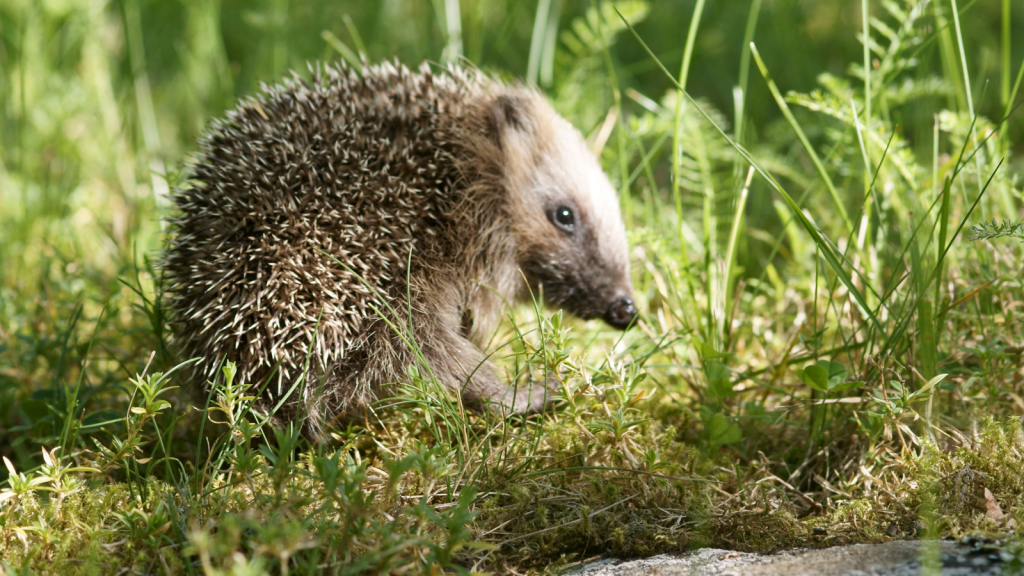
These spiny little mammals are a favourite in British gardens. Hedgehogs are insectivores, coming out at night to feast on slugs, beetles, and other invertebrates. Their distinctive snuffling sound can often be heard as they forage through leaf litter and undergrowth. Sadly, hedgehog numbers have been declining in recent years, making nighttime sightings increasingly rare and special. Hedgehogs can travel up to 2 km in a single night while foraging, covering a surprisingly large area for such small creatures.
Pipistrelle Bat
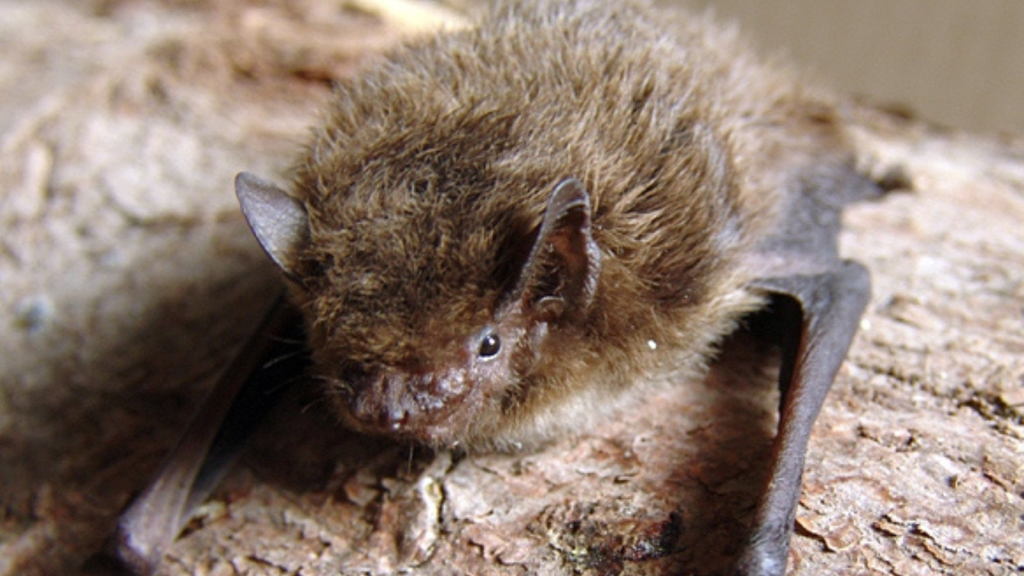
The common pipistrelle is Britain’s most widespread bat species. These tiny flying mammals use echolocation to navigate and hunt for insects in the dark. A single pipistrelle can eat up to 3,000 insects in one night, making them excellent natural pest controllers. Look for their fast, erratic flight patterns around streetlights where insects gather. Despite their small size, pipistrelles can live for up to 16 years in the wild.
Fox
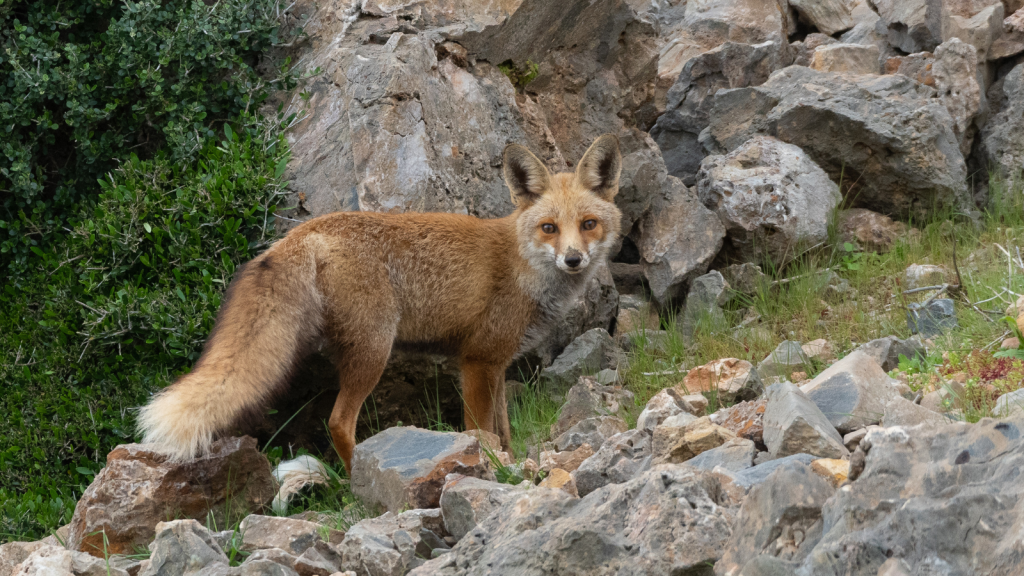
Urban foxes have become a common sight in many British towns and cities. These adaptable canines are most active at night, scavenging for food in bins and gardens. Foxes have excellent night vision and acute hearing, which helps them hunt small mammals and birds. Their distinctive barking call can often be heard echoing through urban areas on quiet nights. Foxes are excellent climbers and can easily scale fences and walls, allowing them to navigate urban environments with ease.
Nightjar
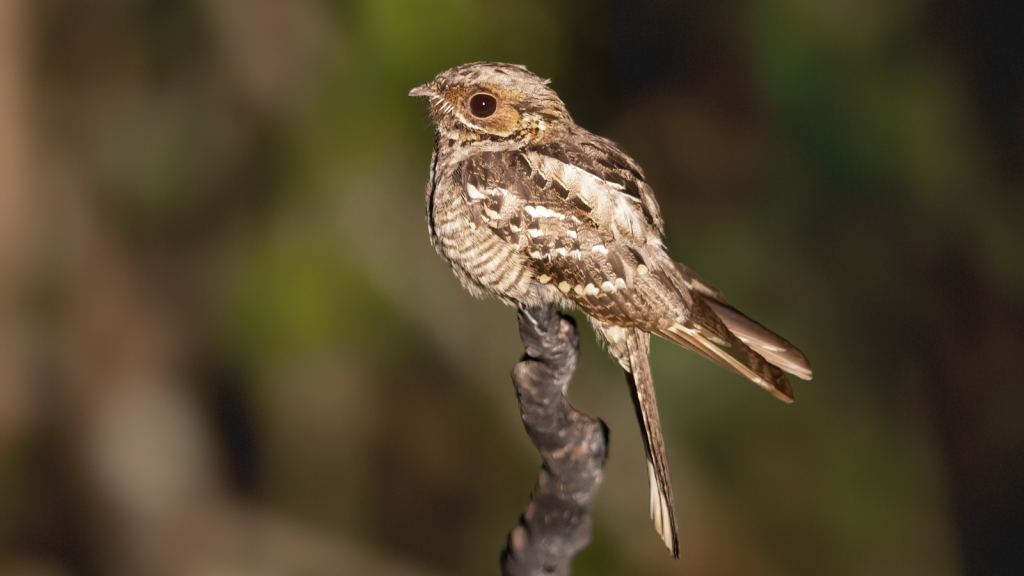
The nightjar is a mysterious bird of heathlands and woodland edges. Its mottled brown plumage provides perfect camouflage during the day when it roosts on tree branches or on the ground. At night, nightjars feed on moths and other flying insects, catching them in their wide, bristle-lined mouths. Their churring call is a distinctive sound of summer evenings in suitable habitats. Nightjars have an unusual way of perching lengthwise along branches, rather than across them like most birds, which further enhances their camouflage.
Glow Worm
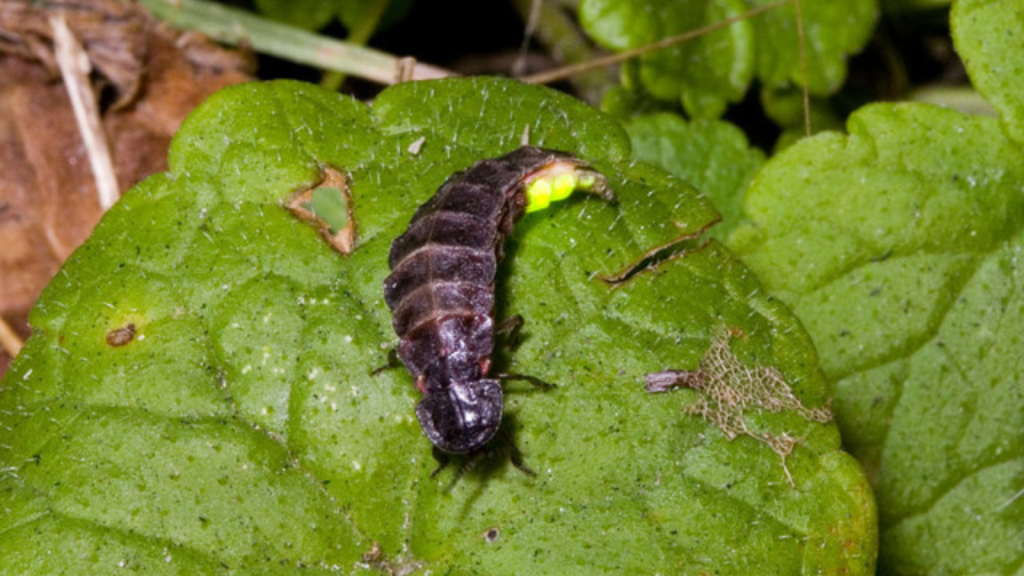
Despite its name, the glow worm is actually a beetle. Female glow worms produce a bioluminescent light from their abdomens to attract males. This green-yellow glow can be seen on warm, still summer nights in grasslands and hedgerows. The larvae of glow worms feed on slugs and snails, making them helpful garden allies. Interestingly, adult male glow worms can fly, but females are wingless and remain on the ground.
Barn Owl
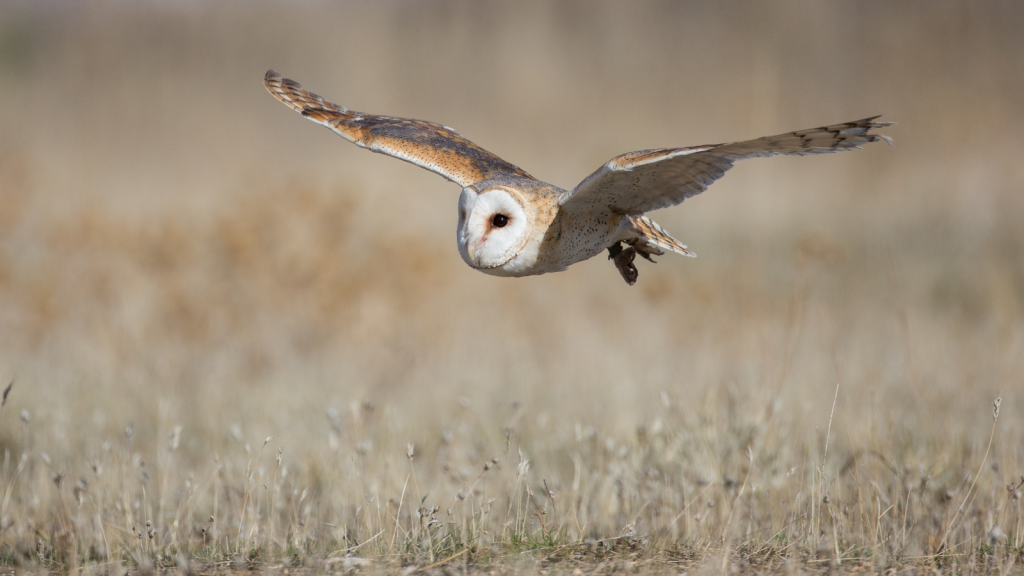
With its heart-shaped face and ghostly white plumage, the barn owl is a striking sight in the night sky. These silent hunters use their exceptional hearing to locate small mammals in the grass. Barn owls often hunt along field edges and roadside verges, so keep an eye out for their pale forms gliding low over the ground. Unlike most owls, barn owls don’t hoot; instead, they make a distinctive screech that has earned them the nickname “screech owl”.
Moth
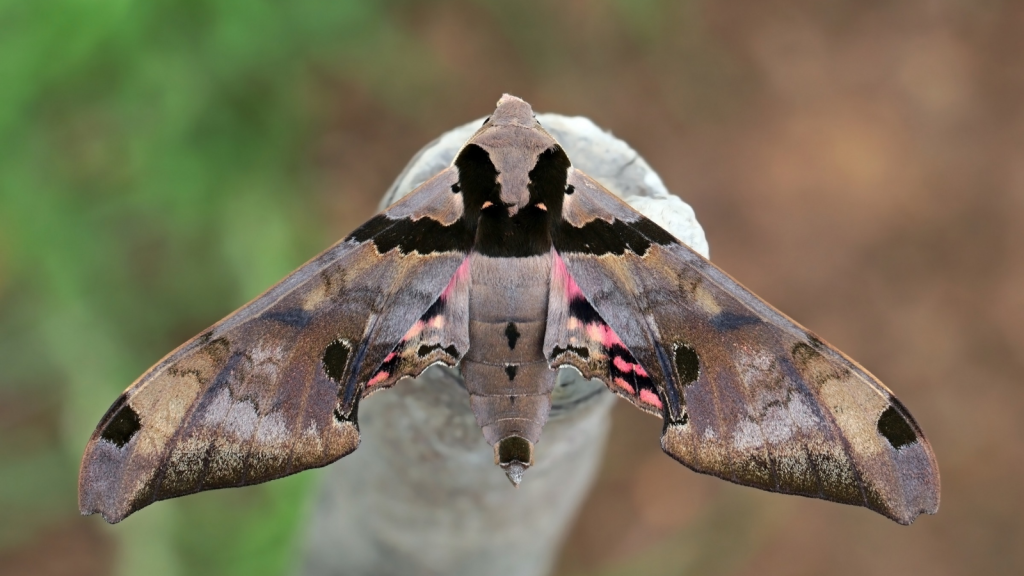
While butterflies get all the daytime glory, moths are the night shift pollinators. There are over 2,500 species of moths in Britain, ranging from tiny micro-moths to the impressive hawk-moths. Many have intricate patterns and subtle colours that are often overlooked. Some moth species, like the hummingbird hawk-moth, are even active during twilight hours, making them easier to spot. Moths play a crucial role in pollination, with some plants evolving specifically to attract night-flying moths.
Dormouse
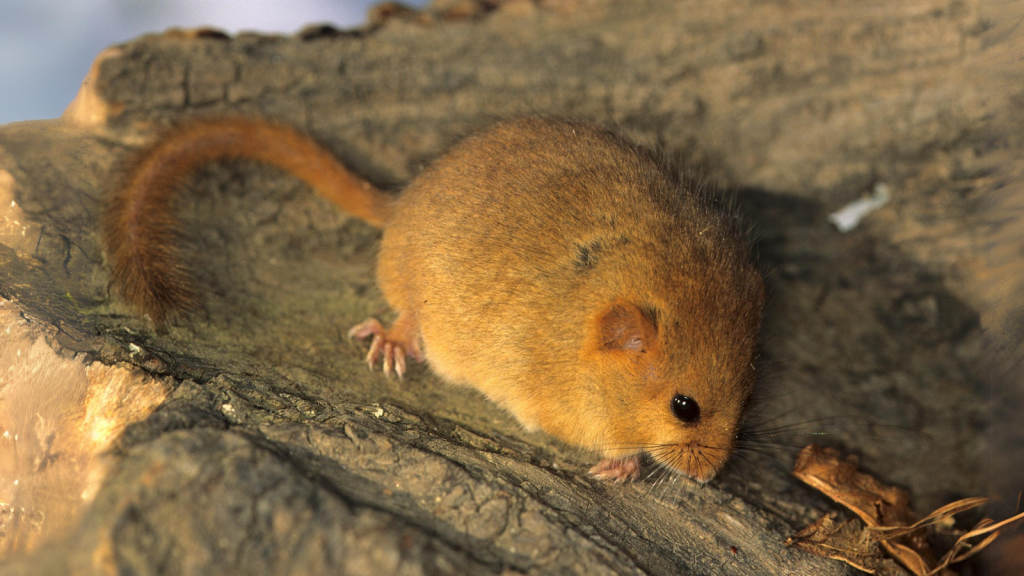
The hazel dormouse is a small, golden-brown rodent found in woodland habitats. These agile climbers spend most of their time in the tree canopy, rarely coming down to the ground. Dormice are strictly nocturnal and hibernate for up to six months of the year. Their large eyes and long whiskers help them navigate through the branches in the dark. Dormice have a unique way of eating hazelnuts, creating a smooth, round hole in the shell, which is often used as evidence of their presence in an area.
Natterjack Toad
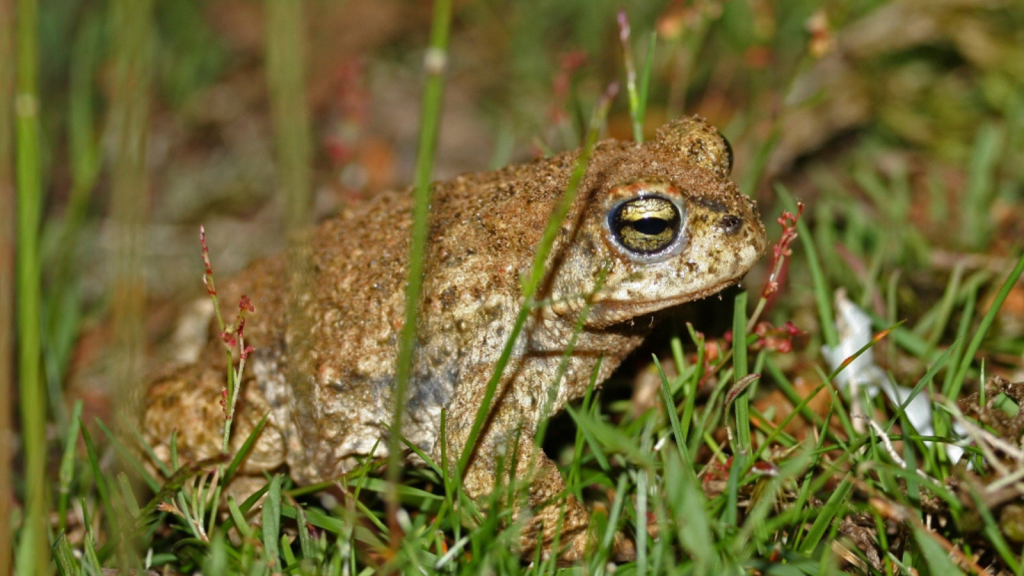
The natterjack toad is one of Britain’s rarest amphibians, found mainly in coastal areas. Unlike common toads, natterjacks are largely nocturnal and have a distinctive yellow stripe down their back. Male natterjacks have an incredibly loud mating call, which can be heard up to a mile away on still nights. These toads are also unique among British amphibians in that they run rather than hop, using their short legs to scurry across open ground.
Pine Marten
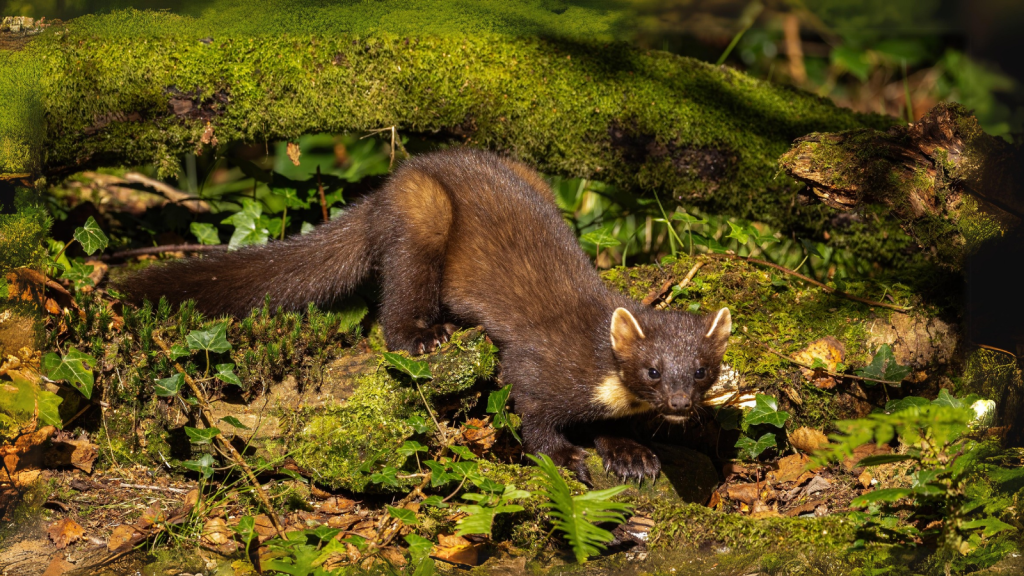
Once widespread across Britain, pine martens are now mainly found in Scotland and parts of northern England. These agile members of the weasel family are excellent climbers, spending much of their time in trees. Pine martens have a varied diet, including small mammals, birds, insects, and berries. Their large, rounded ears and long bushy tail make them distinctive if you’re lucky enough to spot one. Pine martens play an important role in controlling grey squirrel populations, potentially aiding the recovery of native red squirrels.
Water Vole
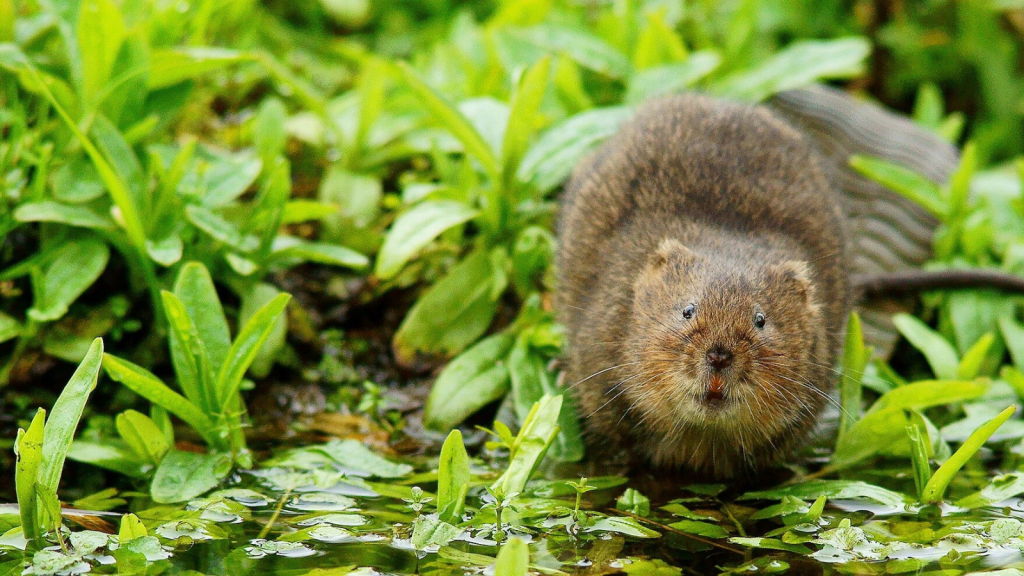
Often mistaken for rats, water voles are charming riverside residents active during twilight and night hours. They create extensive burrow systems along river banks and feed on lush waterside vegetation. Water voles are excellent swimmers and divers, often plunging into the water with a distinctive ‘plop’ when startled. These creatures played a significant role in British literature as the inspiration for the character Ratty in Kenneth Grahame’s “The Wind in the Willows”.
Long-Eared Bat
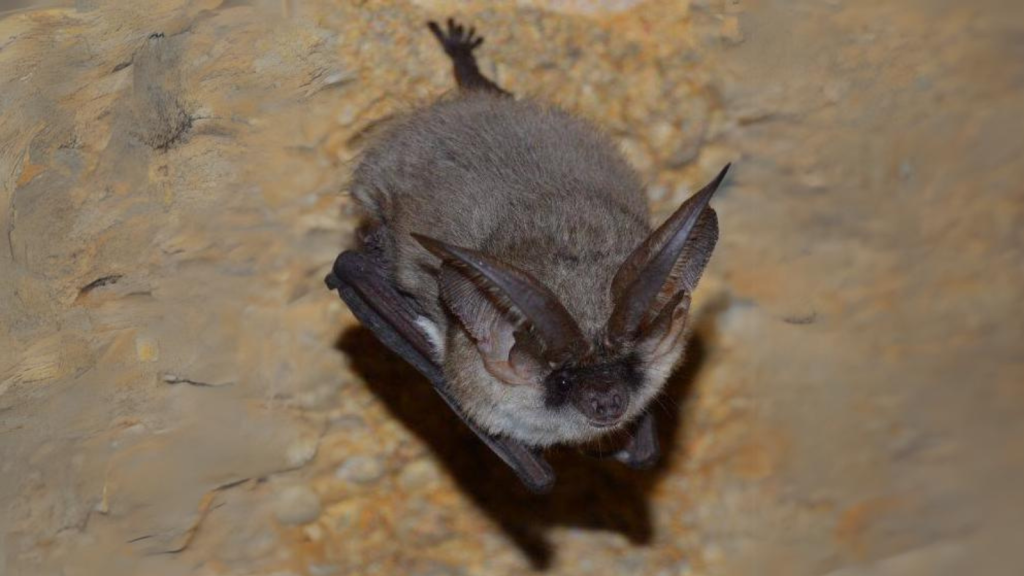
The brown long-eared bat is easily recognised by its enormous ears, which are nearly as long as its body. These bats use their sensitive hearing to detect the rustling sounds of moths and other insects. Long-eared bats are sometimes called ‘whispering bats’ because their echolocation calls are very quiet, allowing them to sneak up on prey. When resting, these bats tuck their long ears back under their wings, resembling miniature elves.
Badger Moth
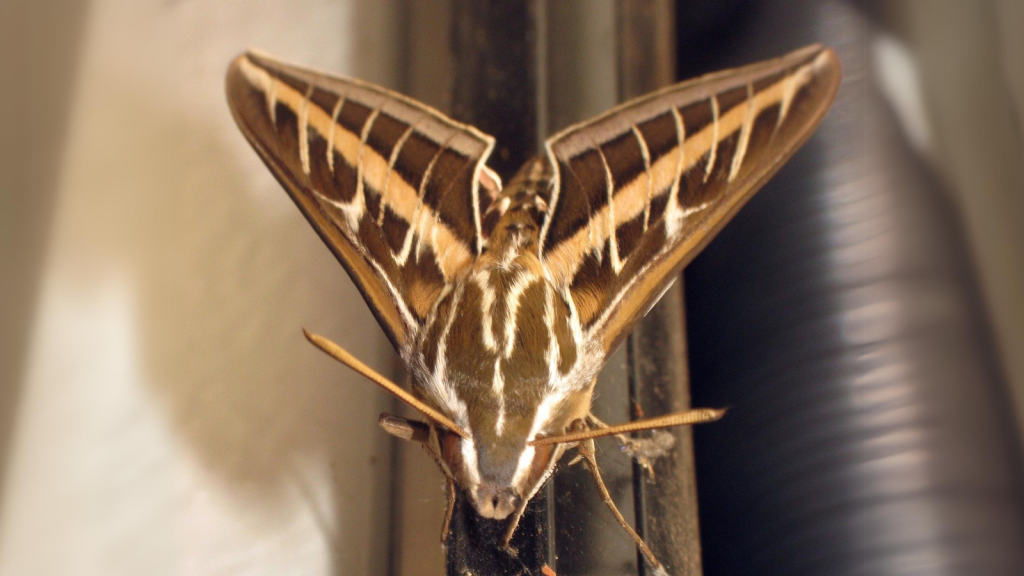
The badger moth, named for its black and white striped pattern, is a striking nocturnal insect. These moths are attracted to light, so they can often be seen fluttering around outdoor lamps on summer nights. The caterpillars of badger moths feed on lichens growing on trees, playing a small but important role in woodland ecosystems. Despite their name and colouration, badger moths are not related to badgers; their name comes purely from their similar black and white striped appearance.

